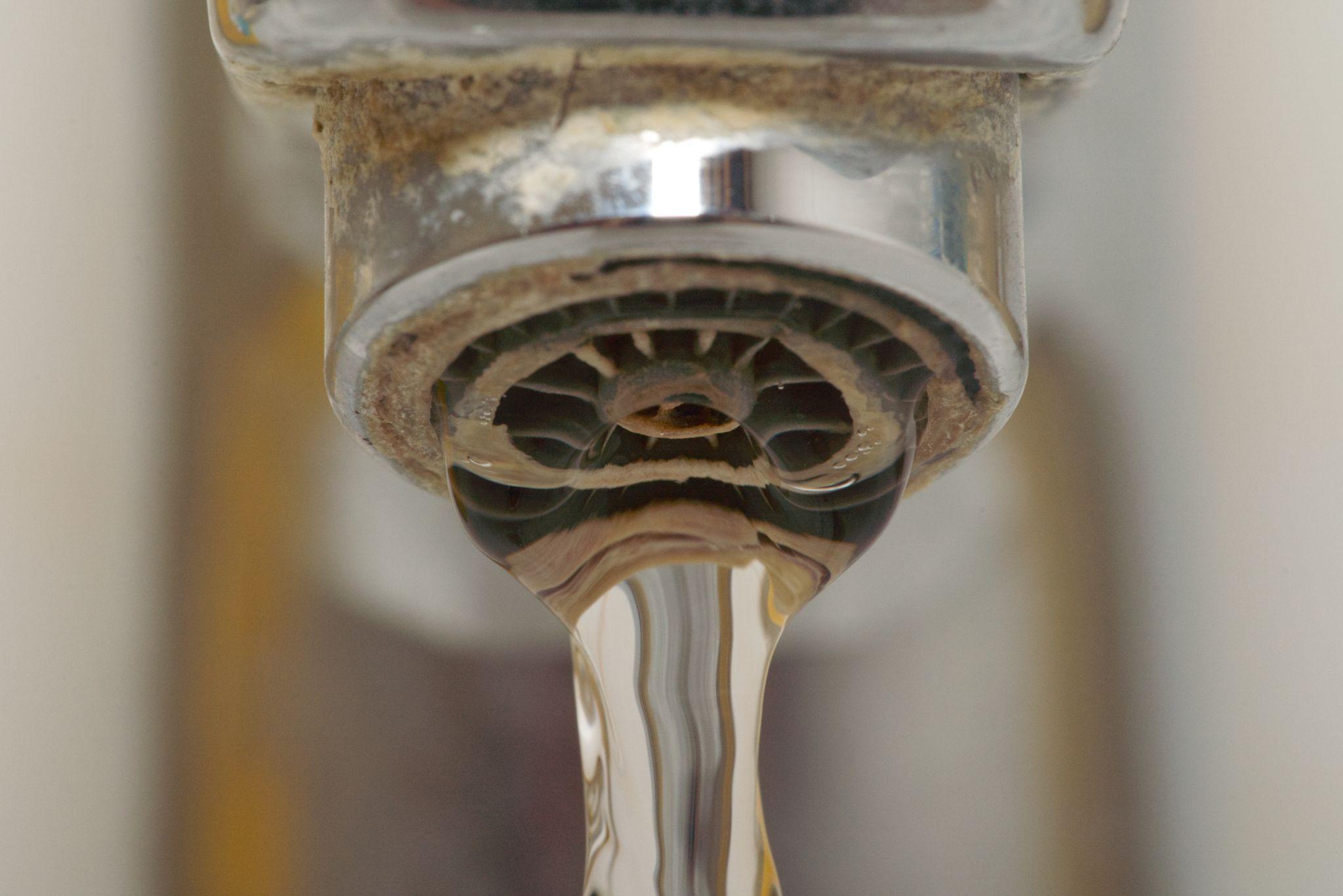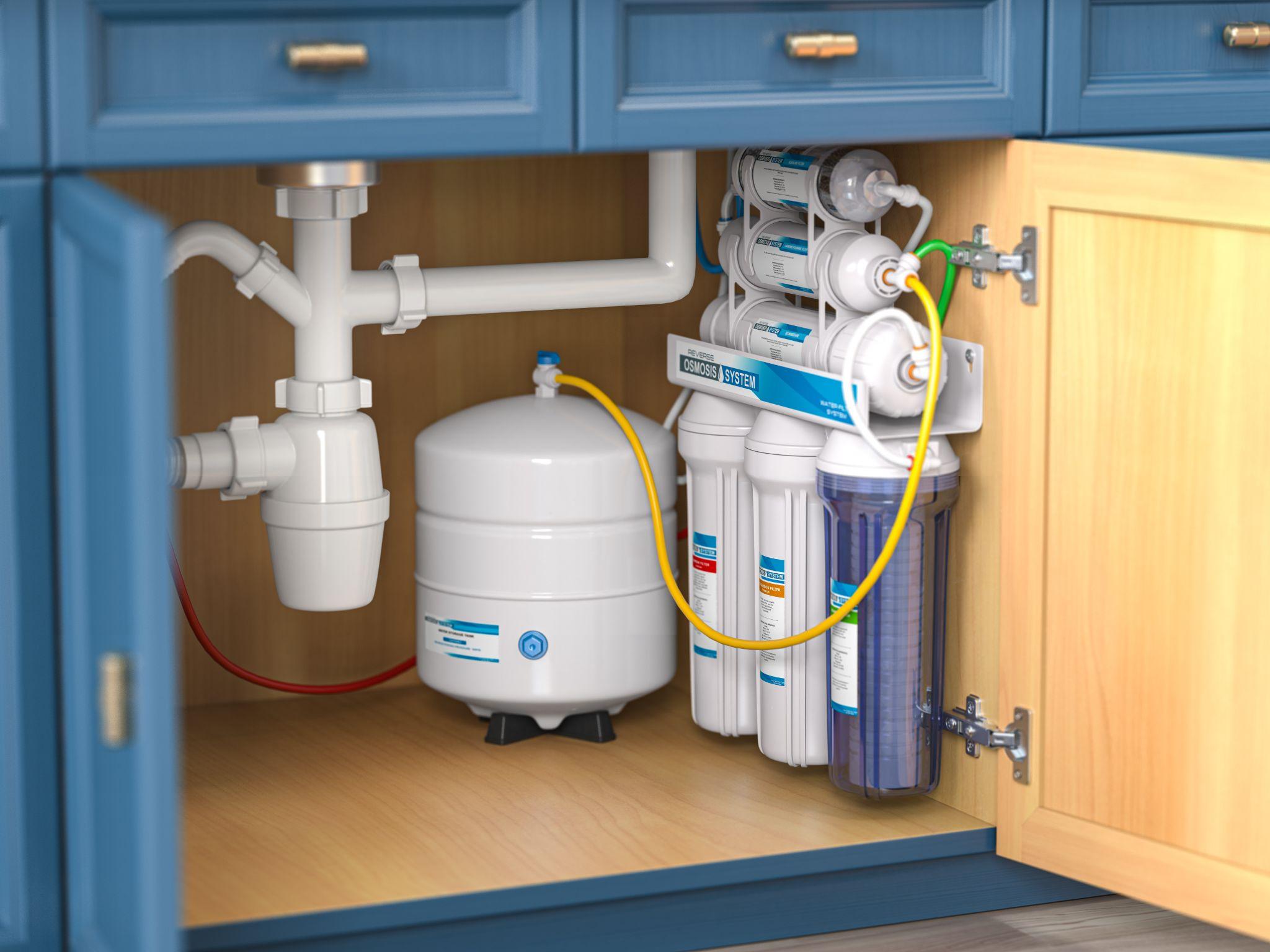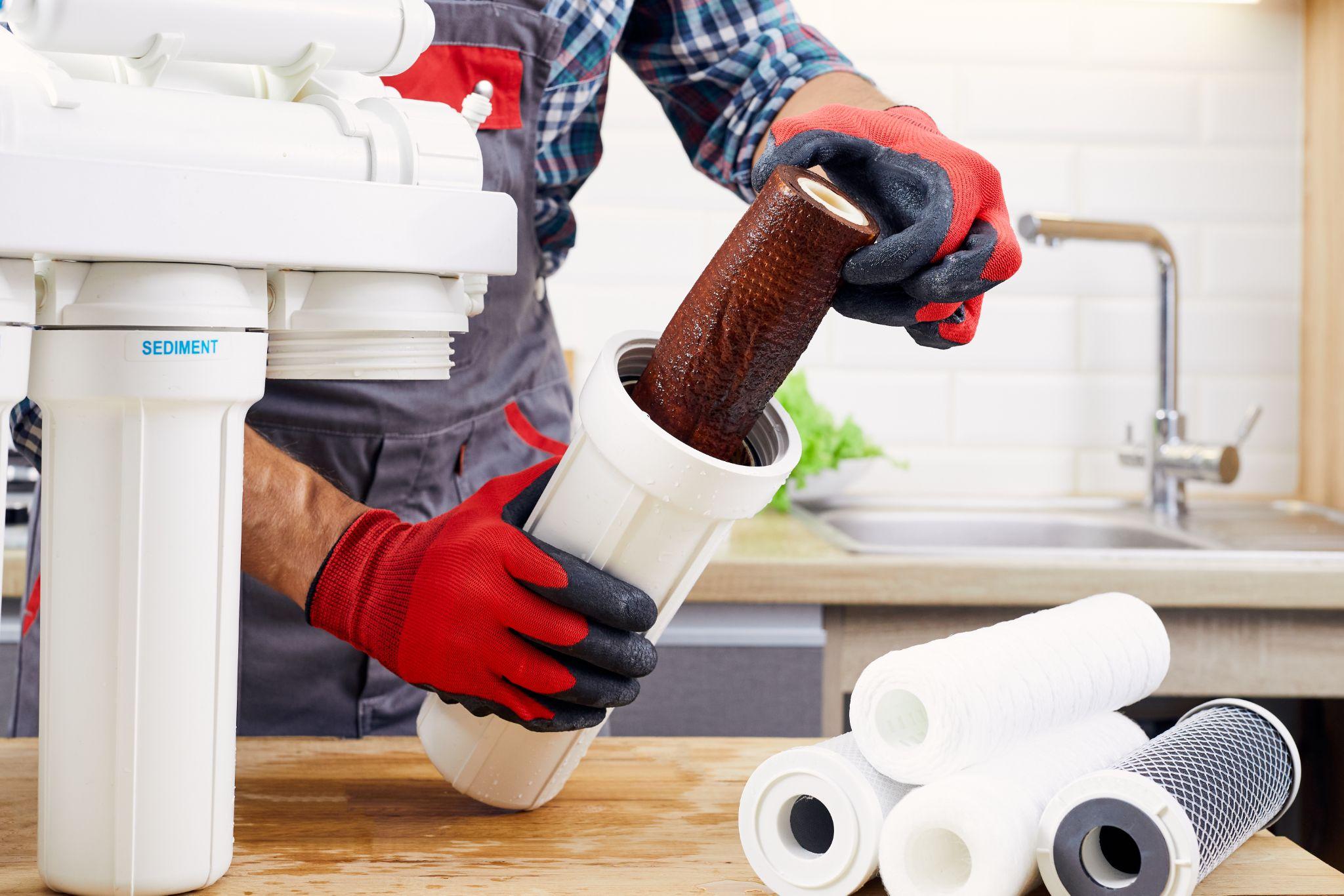Understanding the Causes of Water Filter Clogging

Water filters are essential for providing clean and safe drinking water. As with any system, they can become clogged over time. Clogging is a problem that affects all types of water filters, from carbon filters to reverse osmosis systems. Understanding the causes of clogging and taking preventive steps can help keep the filtered water coming into your house clean and safe.
Types of Water Filters
The first step in understanding how to prevent clogging is learning about the different types of water filters available today. The most common types include activated carbon block filters, sedimentation systems, reverse osmosis (RO) systems, and ultraviolet (UV) purification systems. Each type has its own unique mechanism for filtering out contaminants from water supplies, but they all share some common principles:
- Impurities are trapped on or within a medium material.
- Physical barriers, such as screens, are used to capture particles.
- Bacteria-killing UV light is employed.
Common Causes of Water Filter Clogging
Clogging can occur for many different reasons. In most cases, it is caused by particles trapped on or within the filter medium. This can include sediment from the water supply, mineral deposits, calcium, and magnesium from hard water and biological contaminants like algae or bacteria. Additionally, some filters may clog due to improper maintenance or inadequate water pre-filtration.
Common Signs of Water Filter Clogs
Common signs of clogging include reduced water pressure and quality, such as an unpleasant taste or smell from the faucet and discolored water. This occurs because the water cannot flow through the filter normally. Instead, flow is restricted because the filter needs to be changed.
If you notice any of these symptoms, check and replace your filter to see if it resolves the problem. If not, then it is recommended to contact your plumber for further assistance in troubleshooting your water quality issues.
Why Does My Water Filter Clog?
The most common cause of water filter clogging is improper maintenance. If your filter has not been changed often enough or cleaned properly, particles can build up and eventually clog the system. Additionally, inadequate pre-filtration of the source water may lead to clogging by allowing too many contaminants into the system before filtering them out.
Does a Clogged Water Filter Indicate Water Filtration System Problems?
A clogged water filter could indicate there are problems with the water filtration system. However, in most cases, when a water filter clogs, it simply means the system is doing what it is meant to do—remove impurities from the water. So, regular maintenance and filter changes are essential to ensure you have clean water free from contaminants.
Preventing Water Filter Clogging
The best way to prevent clogging is to regularly clean and maintain your filter system according to the manufacturer’s instructions. This includes:
- Changing out filter cartridges or membranes when they have reached their maximum lifespan
- Flushing sediment traps weekly if you do not have an automatic flushing system
- Checking pressure gauges frequently
- Ensuring that all fittings are secured tightly
Additionally, if your system does not have a pre-filter installed, you should have your plumber install one. Having a pre-filter installed upstream of your main filtration system can help reduce the amount of debris that reaches your filter in the first place.
Finally, be sure to have regular maintenance performed on your water filtration system by your plumber to ensure it operates properly and optimally.
Whole-House Water Filtration Systems: Changing the Filter

Whole-house water filtration systems typically use a combination of sediment, carbon, and ultraviolet (UV) filters to provide clean and safe drinking water. These filters must be changed regularly according to the manufacturer’s instructions to prevent clogging.
Sediment filters should generally be changed every three months or as needed based on the quality of your source water. Carbon filters should be replaced every six months, and UV filters should be replaced annually. It is important to remember that if you are using a whole-house system, you only need to change the filter that is due to be changed and not all of the filters at the same time.
Reverse Osmosis Systems: Changing the Filter
RO systems use a semipermeable membrane to remove contaminants from drinking water. The most common type of filter used in RO systems is the carbon block filter, which should be changed every six months or as needed based on the quality of your source water. Additionally, if you use an RO system with pre- and post-filters, these should be changed as needed to prevent clogging and ensure optimal performance.
Ultraviolet Purification Systems: Changing the Filter

UV purification systems use UV light to kill bacteria, viruses, and microorganisms in drinking water. They may be used as stand-alone systems or part of a whole-house system. The UV light in the system should be changed annually to ensure it continues to function properly. In addition, regular maintenance and replacement of any worn parts should be performed at the same time.
Water Filtration System Maintenance and Filters
If you have issues with your water filtration system, require maintenance, or need replacement filters, please call Christianson Air Conditioning & Plumbing in San Antonio and Austin by calling 512-246-5400 today. We also sell and install water softeners, RO systems, and whole-house water filter systems.



Sorry, comments for this entry are closed at this time.